How to achieve an authentic timber look with laminate flooring
Written by
10 December 2023
•
4 min read
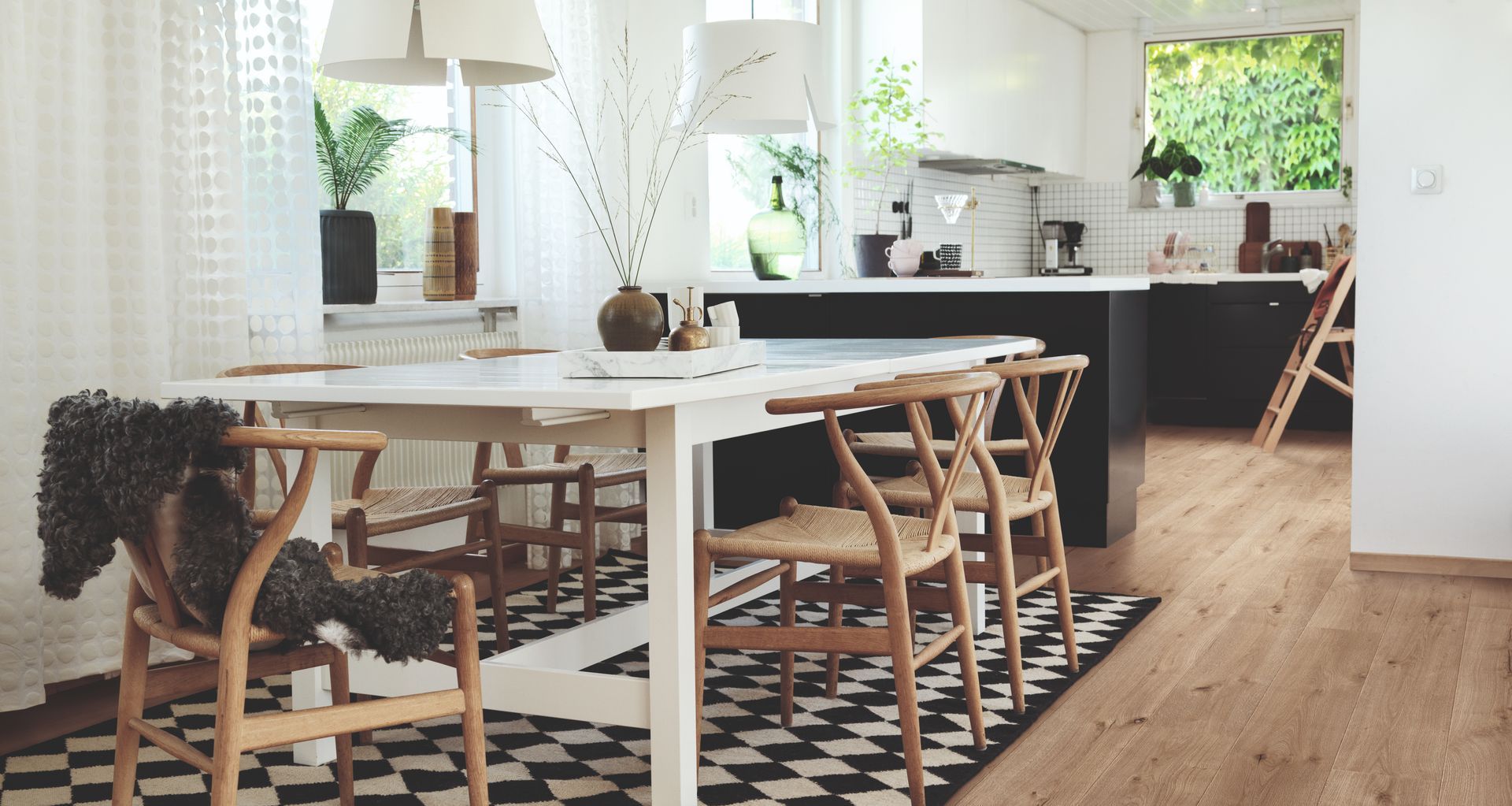
Timber has a timeless appeal that complements almost every interior design style — which is why, regardless of trends, timber remains a popular choice for flooring. Timber is, however, a relatively expensive material, and requires a significant level of care to maintain. This means it’s often not the best choice for high-traffic and high-humidity areas, as wear and moisture can quickly cause scratches, dents, stains, and warping. Fortunately, there is a way to achieve the beautiful, timeless aesthetic of authentic timber without the high price point and vulnerability to damage: laminate.
The benefits of timber look laminate
“Our laminate flooring is known for its durability,” says Samantha Keeley of Floorscape. “It is resistant to scratches, dents, and stains, making it a practical choice for high-traffic areas in homes and commercial spaces. Plus, with the advanced technology used in the manufacturing of our laminate flooring, it is more resistant to moisture than hardwood, making it a suitable choice for kitchens and bathrooms.”
Unlike hardwood flooring, laminate doesn’t require any special treatments like waxing or polishing. With regular sweeping or vacuuming, and the occasional damp mopping, laminate floors will continue to look like new.
Available at a lower price point than hardwood, laminate is a more budget-conscious way to achieve a natural timber look. And, with its hard-wearing design, you’ll spend less money on maintenance and repairs over the lifetime of the material.
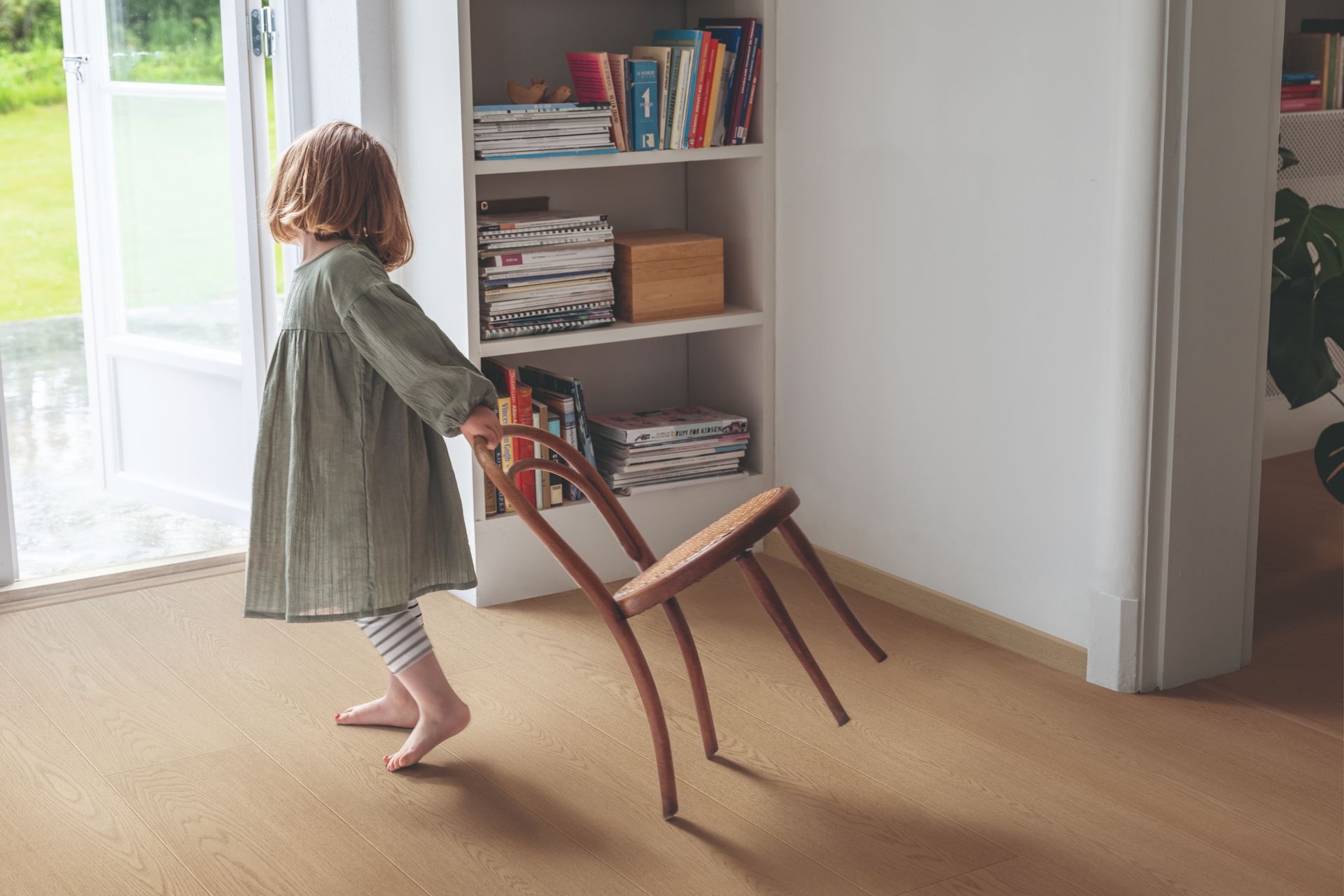
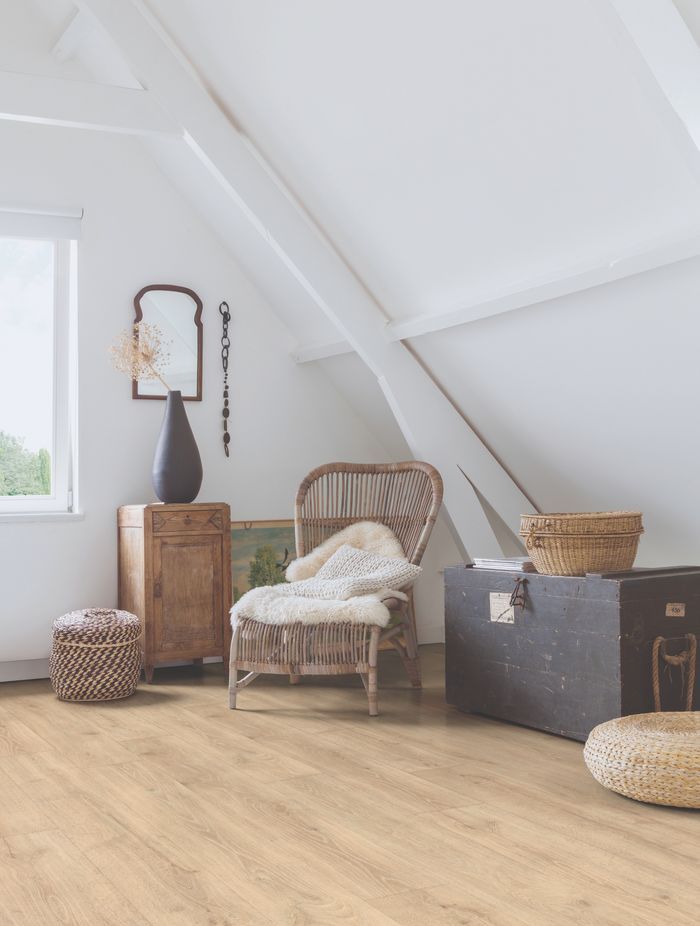

Laminate colours, styles, and applications
When selecting a timber-look laminate for your space there are a few key things you need to consider.
“Laminate flooring comes in a variety of styles, patterns, and colours, so we recommend looking at the overall design theme of your space and choosing a laminate that complements your aesthetic taste, as well as your lifestyle and cleaning preferences,” Keeley says.
The function and atmosphere of the room play an important role in colour selection, Keeley explains. “Lighter colours can make a space feel large and open, while darker colours create a cosier or more formal look.”
When choosing between a light or dark wood it’s a good idea to think about how much natural light the room will receive, as this will influence the way the wood looks in the space. Both light and dark colours will work well in rooms with a lot of natural light, while rooms with limited sunlight will feel brighter and more inviting with a lighter wood grain.
“We also suggest looking at the colours of existing furniture, walls, and other decor elements, and selecting a laminate that either complements or contrasts, depending on your design preferences. If you’re after a modern, minimalist look, you might opt for neutral or light-coloured laminates. For a more classic or rustic feel, consider warmer or deeper tones.”
To create an authentic timber look, Keeley says wide planks are best, as these are most common in traditional hardwood installations. Wood naturally has knots, grain, and colour variation, so selecting laminate with these features can enhance realism.
“Laminate comes with multiple plank patterns in a single box, so mixing these patterns during an installation can create a more authentic, randomised appearance. Having a bevel around the perimeter of each plank will also help create a more authentic look,” Keeley says.
Due to its versatility, durability, and cost-effectiveness, laminate is a great option for a wide variety of applications in residential and commercial spaces. However, there are a few places where laminate is not recommended. These include outdoor applications, as the laminate may not withstand exposure to the elements, and spaces with uneven subfloors, as laminate flooring requires a smooth and level subfloor for proper installation.
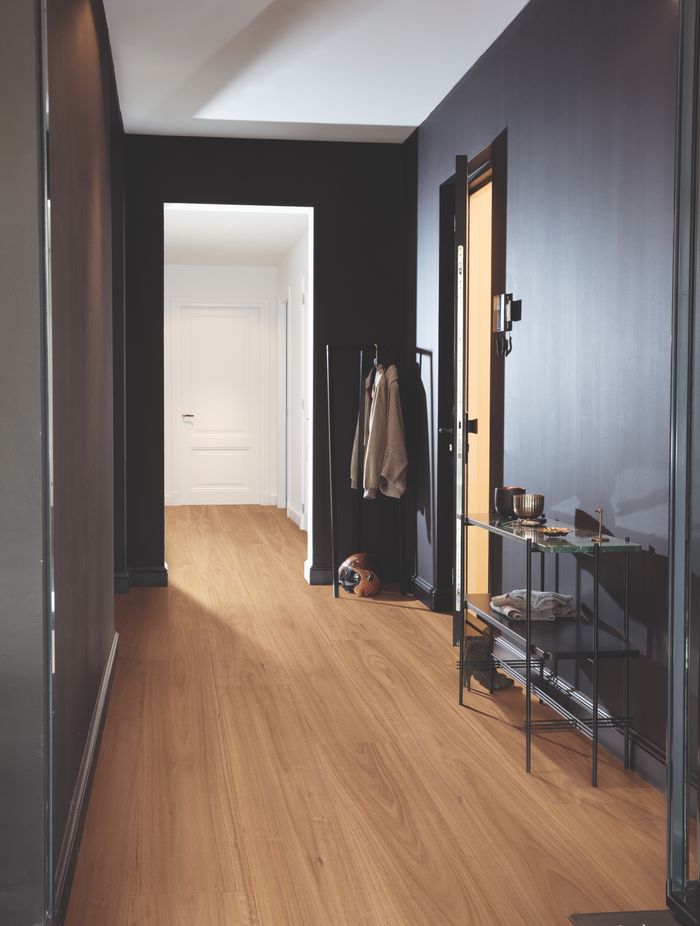
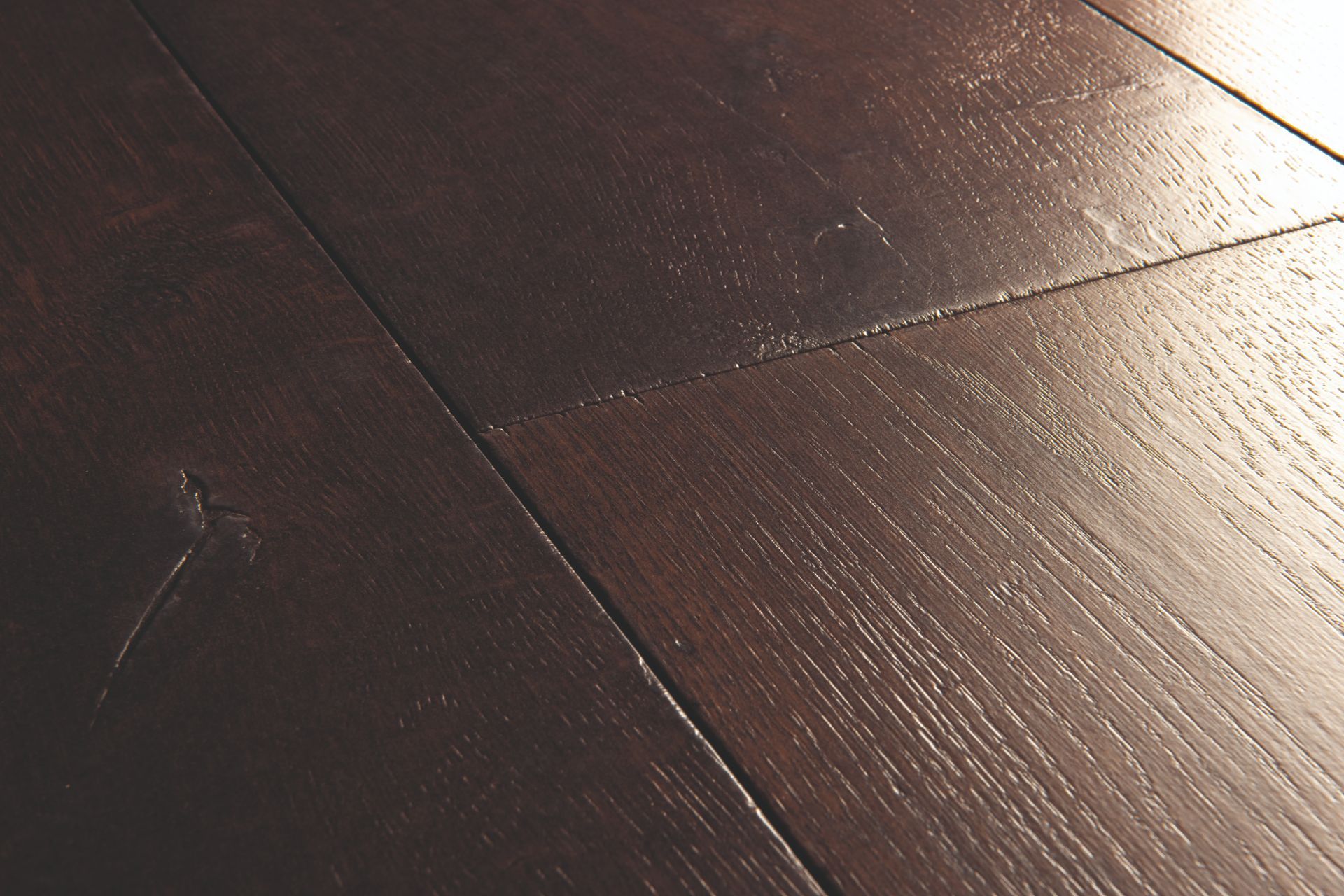
Installing and maintaining your laminate floor
Laminate flooring is typically installed using a floating floor system, which means the individual laminate planks or tiles are connected to each other and then ‘floated’ over the subfloor, rather than glued or nailed directly. This system, called Uniclic, is designed to be DIY-friendly, so homeowners with basic tools and DIY experience can install Uniclic laminate flooring themselves.
“Proper care and maintenance can significantly extend the lifespan and appearance of your laminate flooring,” Keeley says. “Some tips include sweeping and vacuuming regularly with a soft bristle broom or soft floor vacuum attachment to remove dust and debris that could scratch the floor; avoiding harsh or abrasive cleaners, scouring pads, steel wool, or chemicals such as ammonia and bleach that can damage the laminate’s protective coating; avoiding steam cleaners as they can introduce excessive moisture to the laminate, causing swelling or warping.”
Learn more about Floorscape.